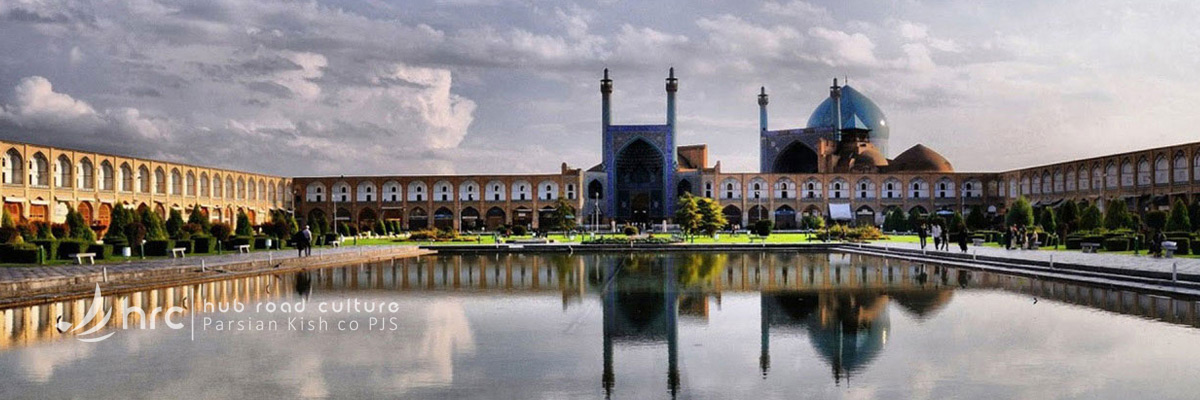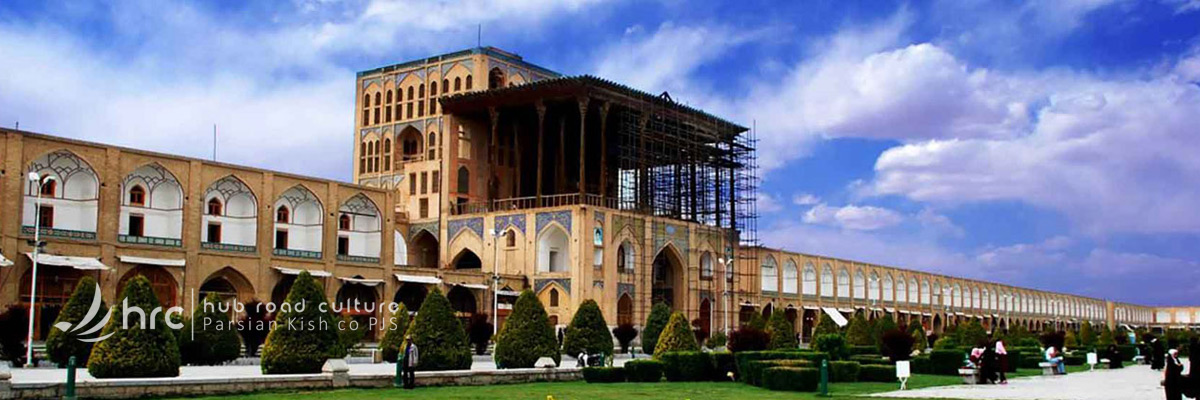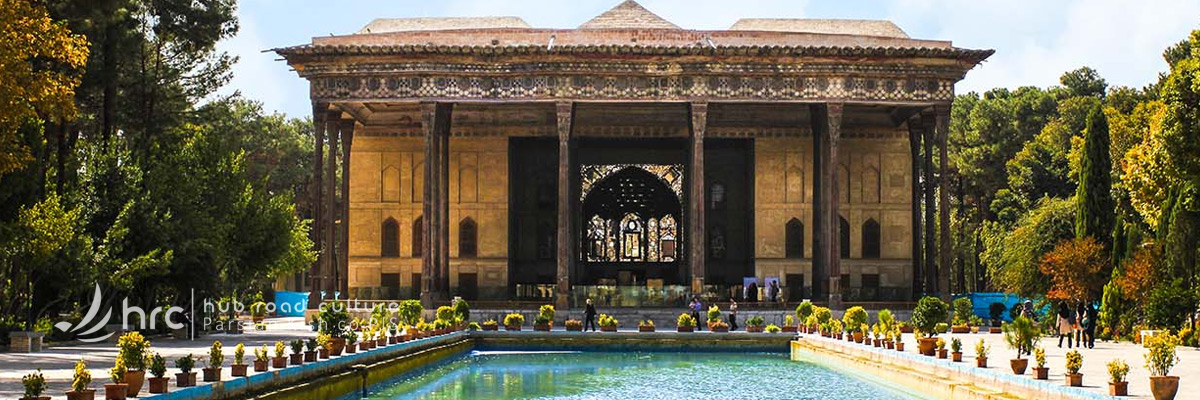City Introduction
Isfahan, located 406 kilometers (252 miles) south of Tehran, is the capital of Isfahan Province. Despite of once being one of the largest cities in the world (renowned as half the world), just now with a population of approximately 2.0 million, it is the third largest city in Iran after Tehran and Mashhad.Locating at the intersection of the two-principal north–south and east–west routes that traverse Iran, has given Isfahan the important role of a vital city. Isfahan flourished from 1050 to 1722, particularly in the 16th and 17th centuries under the Safavid dynasty; when for the second time in its history, it became the capital of Persia under Shah Abbas the Great. Even today the city retained much of its past glory.

Geography & Climate
The city is located in the lush plain of the river of Zayande Rud, resting at the foothills of the Zagros Mountain range. Placing at 1,590 meters (5,217 ft) above sea level on the eastern side of this mount, gave Isfahan a cold desert climate. Despite its altitude, this city remains hot during the summer, with low humidity and moderate temperatures at night; while winter days, are cool and the nights quite cold.
Attractions
All fame of Isfahan is due to its Perso-Islamic architecture, covered bridges, palaces, tiled mosques, and a wide variety of monuments; whole of which, have given it a historical and architectural view. The city center consists of an older section, including Jameh Mosque, and the Safavid expansion on Naqsh-e Jahan Square, with nearby spots such as palaces, and bazaars.

Naqsh-e Jahan Square
Naqsh-e Jahan situated at the center of Isfahan and constructed between 1598 and 1629; it is now an important historical spot, and one of UNESCO’s World Heritage Sites. With 160 meters (520 ft) wide and 560 meters (1,840 ft) long, it covers an area of 89,600 square meters (964,000 sq. ft), surrounded by buildings from the Safavid era, like: Shah Mosque, Ali Qapu Palace, Sheikh Lotfollah Mosque and Qeysarie Gate opening into the Isfahan Grand Bazaar at the northern side. Naghsh-e Jahan Square in Isfahan is one of the largest city squares in the world, registered by UNESCO as a World Heritage Site.
Chehel Sotoun Palace
Close to Naqsh-e-Jahan Square is Chehel Sotoun Palace, which has been graced by royals and dignitaries since the 1600s. Built by Shah Abbas II as a site for entertainment and receiving important guests, this palace is renowned due to its slender wooden columns (20), that with their reflected image on the front pool, they become double in number.
Jameh Mosque
From the 8th to the end of the 20th century, this mosque underwent gradual changes. Given the nature of its construction, with additional parts and remodeling throughout different dynasties, the mosque carries various styles in different areas; the result of which, is a unique complex of Iranian architecture just under one roof!

Fire Temple
Locally known as “Atashgah”, the Fire Temple of Isfahan is located at west part of the city center. This archaeological site, atop a hill, was once a citadel, that is believed to have housed Zoroastrian fire temples. To reach it, climbing the hill is quite short and in a course of a few minutes you’ll find yourself at the summit. This is also a great place to explore one of the prettiest sunsets from.
Jolfa area
The Armenian quarter of Isfahan is known as Jolfa, placed on the other side of the Zayandeh Rud. This area, built under the directions of Shah Abbas I in 1606, offers a short glimpse into Iran’s diversity. As, walking around the neighborhood will bring you to old Armenian churches, old houses and quaint cafes.
Varzaneh Desert
There is no shortage of deserts in Iran, but if you’re in short of time and looking for one of them, Varzaneh is a prime option. By a two-hour drive you reach the desert that also provides you with a parking space. This untouched land, by itself invites any nature lover’s heart for a great exploration, incomparable to any other spot of the like.

Bridges
• Si-o-se Pol Bridge: This double-storied bridge was built in the early 17th century to serve as both a bridge and a dam. It is the most famous example of Iran’s Safavid architecture, with 33 arches; under which, you can sit and take a rest (as a popular recreational place).
• Khaju Bridge: Along the same stretch of the river lays another fascinating structure, built during the reign of Shah Abbas II. Similar to Si-o-se Pol, also this bridge has two floors. Nowadays the scene of locals singing or reciting poetry under the bridge often is so current; just to multiply the magic of this atmosphere.
• Choobi/ Joui Bridge: Originally raised as an aqueduct to supply the palace gardens on the north bank of the river.
• Marnan Bridge: One of the other historical bridges of this city; the current structure of which, dates back to the Safavid era. Yet the bridge foundations are older/ as old as the Shahrestan Bridge, dating back to the Sasanian era.

Churches and Cathedrals
• Vank Cathedral: located in the New Julfa district of Isfahan, commonly referred to as the Vank meaning the monastery/ convent (Armenian language).
• Bedkhem Church: Armenian Apostolic Church of in the Julfa quarter in Isfahan, belonging to the Abbas I era.
• St. Georg Church: the second oldest church of the Julfa, after the Hakoup church, located inside the St. Mary church.
• St. Mary Church: In the 17th century the Armenian people of the Julfa quarter built a small church named Hakoup, which was the oldest church of the region strictly built for the religious needs of the people, with no decorations. By the Armenian population getting increased, Khaje Avdik, a wealthy silk merchant, decided to expand the church. Rebuilding the entire church by his own personal funds and naming it St. Mary church, he then decorated the church with lights, silver and gold chandeliers, and valuable canvases and paintings. After death, Khaje Avdik was buried in the church.


